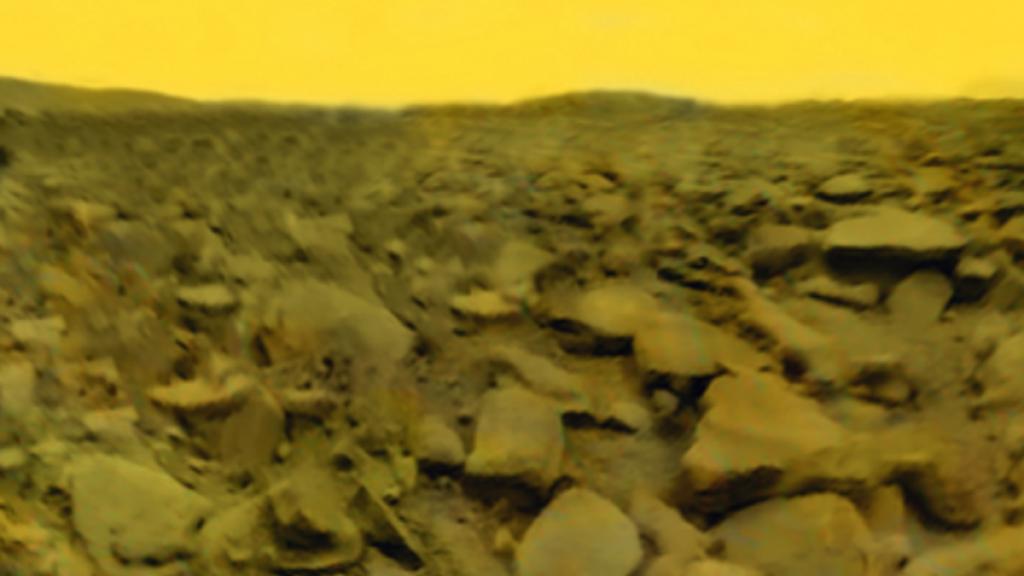Rules imposed by space agencies to prevent space junk from growing around our planet appear to have consequences for our atmosphere, even if the severity of the situation is not yet fully understood. Due to the ever-increasing number of satellites in Earth’s orbit, most space agencies and private space bodies have re-entered objects that are no longer needed in space, causing them to burn up while transiting the atmosphere. Itself.
Metals in the atmosphere. Now a group of researchers led by physicist Daniel Murphy of the National Oceanic and Atmospheric Administration (NOAA) has discovered that this system releases metal vapors into the atmosphere and deserves a very in-depth study. “Currently, the refractory material found in stratospheric particles consists mainly of iron, silicon and magnesium, and comes from a natural meteorite source.” The researchers explain. “However, the amount of material generated by reentry satellites and the ‘upper stage’ of rockets that launch them is expected to increase dramatically over the next 10 to 30 years. As a result, the amount of stratospheric aluminum particles and sulfuric acid is expected to become similar to or greater than the amount of meteoric iron, with unknown consequences. “In fact, these particles produce ice nuclei.”
WB-57 searches for aerosols. Although there is a lot of junk in Earth’s orbit, most of which dates back to the early years of the space age, recent launches have been carried out keeping in mind the lifespan of the launched objects. Thus, satellites are designed that will eventually leave the orbit in which they operate, return to Earth, and burn up in the atmosphere. But until now no one has asked whether this has effects on our atmosphere. Murphy and his colleagues wanted to understand whether the vapor generated by these orbits stays in the stratosphere or where it ends up. For this reason, the team took samples of stratospheric aerosols for analysis. In this work they used the PALMS (Particle Analysis by Laser Mass Spectrometry) instrument on board the aircraft at high altitudes. And B-57 NASA.
Satellite materials found. The researchers analyzed about 500,000 aerosol droplets for traces of metals used in spacecraft manufacturing, and discovered the presence of about 20 metals. Some were in proportions consistent with meteorite evaporation, but others, such as lithium, aluminum, copper, and lead, exceeded the amounts expected from meteorite ablation.
The team found that the surplus was consistent with expected proportions of spacecraft production. Other metals, such as niobium and hafnium, are common in spacecraft, but not found (except exceptionally) in meteorites. in general, The team found that about 10 percent of stratospheric aerosols above a certain size retain evaporating spacecraft particles.

“Internet trailblazer. Travelaholic. Passionate social media evangelist. Tv advocate.”







More Stories
Listen to the haunting sound of space thunder recorded on Venus in 1982
Watch a real video of the comet's surface
Moon and Earth photographed from 1.5 million kilometers away: Watch NASA's stunning video